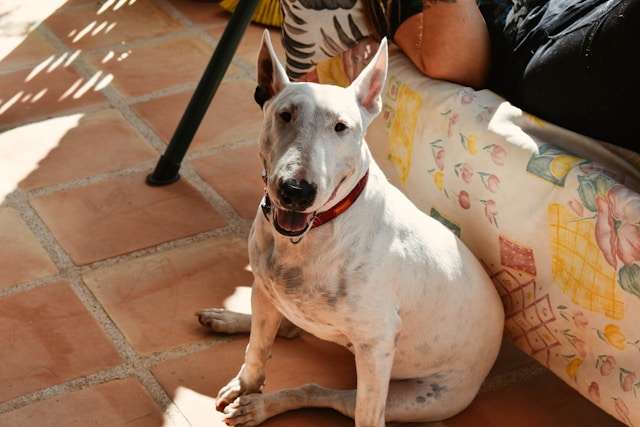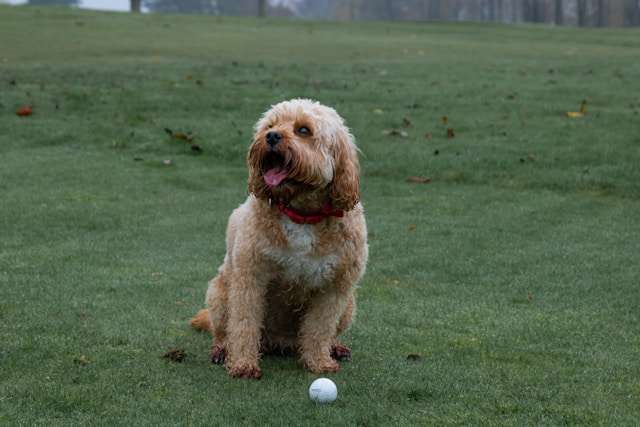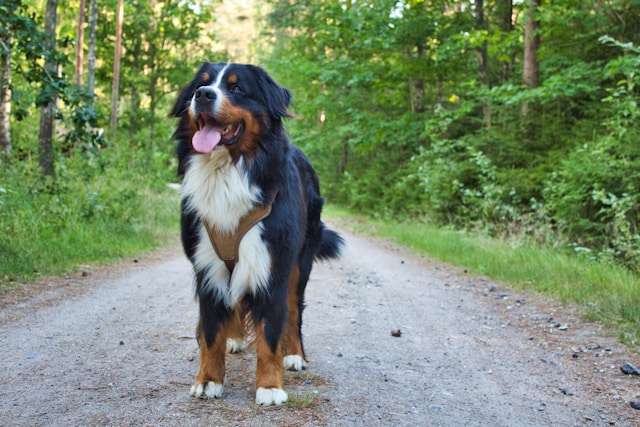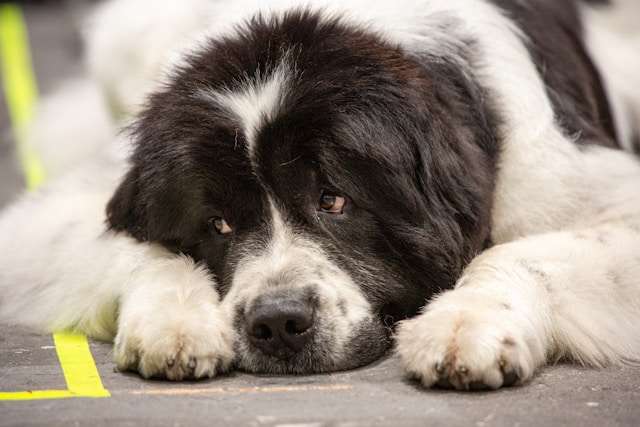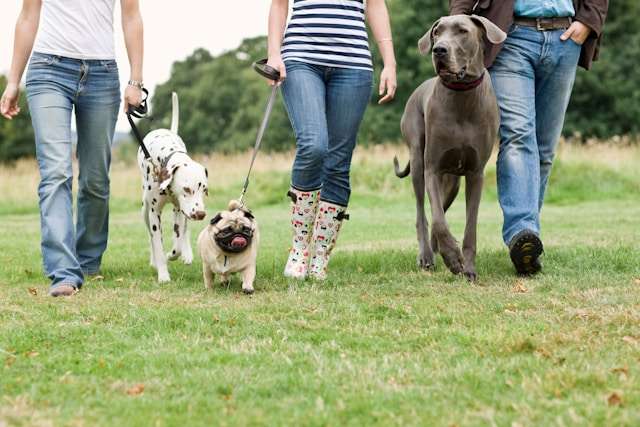Greyhound Dogs: Fast and Elegant Canine Athletes
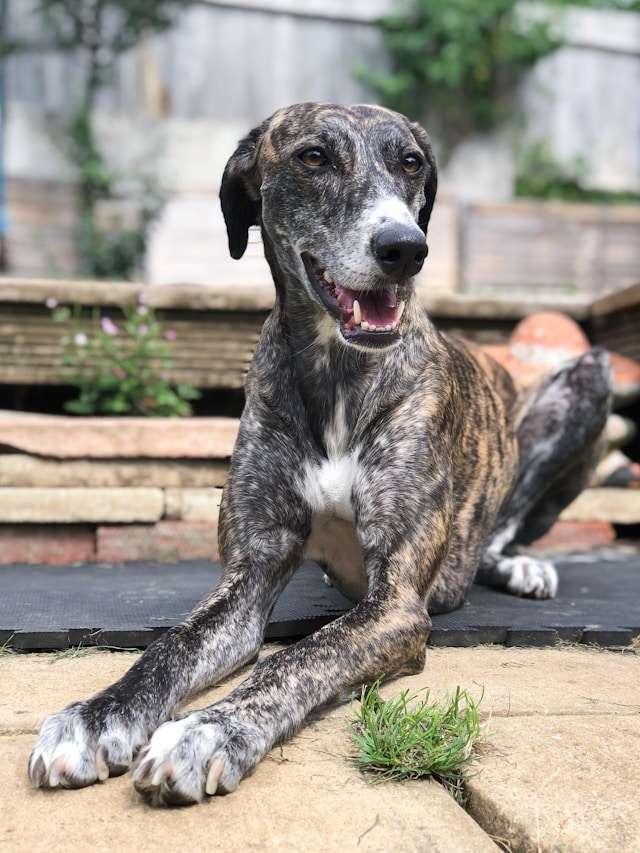
Greyhound Dogs: Fast and Elegant Canine Athletes. Greyhounds are amazing dogs known for their speed and grace. These tall, sleek hounds have been around for thousands of years. They were first bred in ancient Egypt and later spread to other parts of the world.
Greyhounds can run up to 45 miles per hour, making them the fastest dog breed in the world. Their long legs, deep chest, and aerodynamic body shape help them reach these incredible speeds. But don’t let their athletic build fool you – greyhounds are often gentle and calm pets at home.
We love how greyhounds can adapt to different living situations. Despite their size, they do well in apartments, as they don’t need much exercise. These dogs are often happy with a daily walk and some couch time. Greyhounds have short, smooth coats that are easy to care for, making them low-maintenance pets.
Table of Contents
Key Takeaways
- Greyhounds are speedy runners but gentle and calm as pets
- They adapt well to various living situations, including apartments
- Greyhounds have low-maintenance coats and moderate exercise needs
History and Origin
Greyhounds have an ancient and noble past. They were prized by royalty and bred for speed and hunting ability over thousands of years.
Ancient Lineage
Greyhounds have a history dating back over 4,000 years. Ancient Egyptians treasured these dogs, with greyhound-like figures appearing in tomb art from 3000 BCE. Kings and pharaohs kept greyhounds as companions and hunting partners.
The breed spread beyond Egypt to other parts of the ancient world. Persians, Arabs, and Greeks all bred versions of greyhounds. These dogs were valued for their speed and ability to hunt by sight.
In Europe, greyhounds became symbols of nobility. Only the wealthy could afford to keep and breed them. The dogs often wore jeweled collars and slept in special rooms.
Development into Modern Greyhounds
Over time, different types of greyhounds emerged. Russian borzois, Sloughi from North Africa, and Salukis from the Middle East are all related sighthound breeds.
Selective breeding led to today’s sleek racing greyhounds. In the 1900s, the sport of greyhound racing became popular. Breeders focused on speed and aerodynamic body shapes.
Modern greyhounds can reach speeds of 45 mph. They have kept their gentle nature and loyalty from ancient times. As pets, they are known for being calm and affectionate.
Today, greyhounds are popular both as racers and companion animals. Their long history has made them one of the most recognized dog breeds in the world.
Breed Characteristics
Greyhounds are known for their unique physical traits, gentle temperament, and specific health considerations. Let’s explore the key aspects that make this breed stand out.
Physical Appearance
Greyhounds are large dogs with a sleek, aerodynamic body. They have long, muscular legs that contribute to their incredible speed. Males typically stand 28-30 inches tall, while females are slightly shorter at 27-28 inches.
We see a narrow head and long necks on these graceful dogs. Their chest is deep, and their loin is slightly arched. Greyhounds have a short, smooth coat in various colors and patterns.
Their ears, known as “rose ears,” usually fold flat against the neck when relaxed. These ears may prick forward when the dog is alert.
Temperament and Behavior
Greyhounds are often described as gentle giants. We find them to be calm and affectionate companions despite their athletic build. They’re typically quiet and well-mannered in the home.
These dogs have a strong prey drive due to their sighthound heritage. They may chase small animals if not properly trained. Greyhounds are generally good with children and other dogs.
We notice they have a low energy level indoors, often content to lounge around. However, they enjoy short bursts of exercise and can reach speeds up to 45 miles per hour.
Greyhound Health Profile
Greyhounds are generally healthy dogs with a life expectancy of 10-13 years. They’re prone to certain health issues that potential owners should be aware of.
Some common concerns include:
- Hypothyroidism
- Hip dysplasia
- Osteosarcoma (bone cancer)
Greyhounds may also be sensitive to anesthesia due to their low body fat. Regular vet check-ups are crucial for early detection of these issues.
Their short coat is easy to maintain and sheds minimally. We consider greyhounds to be somewhat hypoallergenic, making them a good choice for some allergy sufferers.
Greyhound in Motion
Greyhounds are known for their incredible speed and agility. Their unique body structure and instincts make them natural athletes.
Athleticism and Speed
Greyhounds are built for speed. Their long legs, flexible spines, and lean muscles allow them to reach incredible speeds. These dogs hit up to 45 miles per hour in short bursts. This makes them the fastest dog breed in the world.
Their running style is unique. Greyhounds use a double-suspension gallop. This means all four feet leave the ground twice in each stride. It’s like they’re flying!
These dogs don’t just run fast. They’re quick to start and stop, too. Their agility is impressive. Many greyhounds excel in lure coursing and agility competitions.
The Prey Drive
Greyhounds have a strong prey drive. This comes from their history as hunting dogs. They were bred to chase and catch small animals.
In the past, people used greyhounds for coursing. This is a sport where dogs chase a lure or live prey. Today, we see this instinct in safer activities like lure coursing.
Their high prey drive means greyhounds often chase small animals. This can include cats, rabbits, or squirrels. It’s essential to keep them on a leash in open areas.
Racing tracks use this instinct. The dogs chase a mechanical lure, thinking it’s prey. While controversial, greyhound racing was popular for many years.
Living with a Greyhound
Greyhounds make great family pets. They have unique needs and traits that set them apart from other breeds. Let’s look at what living with a greyhound is really like.
Exercise Needs
Greyhounds need less exercise than you might think. They’re often called couch potatoes. A daily 20-30 minute walk is usually enough.
We recommend two shorter walks instead of one long one. This matches their natural sprinting style. Greyhounds love to run, but only in short bursts.
They do well in apartments. A fenced yard is nice but not needed. Just be careful – greyhounds can reach high speeds quickly. Keep them on a leash in open areas.
Family Compatibility
Greyhounds fit well into many families. Their gentle nature makes them good with kids. But always supervise interactions with young children.
These dogs are sensitive. They don’t like loud noises or rough handling. Teach kids to be gentle and respect the dog’s space.
Greyhounds are usually non-aggressive. They get along with other dogs in most cases. But watch out for small pets. Their prey drive might kick in.
Training and Socialization
Early socialization is key for greyhounds. Expose them to different people, places, and situations. This builds confidence.
Training should be gentle and positive. Harsh methods don’t work well. Greyhounds are sensitive and can shut down if mistreated.
Focus on basic obedience. Use treats and praise. Keep sessions short. Greyhounds have short attention spans.
Patience is important. Some greyhounds take time to adjust to home life. Be consistent and understanding.
Care and Maintenance
Greyhounds need specific care to stay healthy and happy. We’ll cover the key aspects of grooming, diet, and healthcare for these unique dogs.
Grooming Essentials
Greyhounds have short, fine coats that are easy to maintain. We recommend brushing your greyhound once a week with a soft bristle brush. This helps remove loose hair and keeps their coat shiny. Bathe your greyhound every 6-8 weeks or when they get dirty.
Greyhounds don’t shed much, but regular brushing helps control shedding. Trim their nails every 2-3 weeks to prevent overgrowth. Clean their ears weekly with a damp cloth to prevent infections.
Dental care is important for greyhounds. Brush their teeth daily with dog-safe toothpaste to prevent dental issues.
Diet and Nutrition
Greyhounds need a high-quality diet to maintain their health. Premium dry kibble is often recommended by vets and breeders. Look for food with meat as the first or second ingredient.
Feed adult greyhounds twice a day. The amount depends on their size and activity level. Avoid overfeeding, as greyhounds can gain weight easily.
Fresh water should always be available. Some greyhounds may benefit from supplements like fish oil for coat health. Always consult your vet before adding supplements.
Healthcare and Regular Check-Ups
Regular vet check-ups are crucial for greyhounds. We suggest annual exams and vaccinations to catch health issues early. Greyhounds can be prone to certain health concerns:
- Bone cancer
- Heart problems
- Bloat
Watch for signs of these issues and report any changes to your vet. Keep your greyhound at a healthy weight to reduce joint stress.
Dental cleanings may be needed yearly. Some greyhounds are sensitive to anesthesia, so discuss this with your vet. Regular exercise is important, but avoid overexertion in hot weather.
Greyhound Adoption and Ownership
Greyhounds make excellent pets for many families. We’ll explore how to choose the right greyhound, the adoption process, and what life is like for retired racing dogs.
Choosing a Greyhound
Greyhounds come in various sizes and personalities. We recommend meeting several dogs before deciding. Adult greyhounds are often calmer than puppies. They’re gentle and sweet companions.
Look for a dog that matches your lifestyle. Some greyhounds are more active, while others are couch potatoes. Consider:
- Energy level
- Size (males are usually larger)
- Compatibility with children or other pets
Greyhounds are sighthounds, meaning they chase moving objects. A fenced yard is ideal. They’re one of the oldest dog breeds, known for their speed and grace.
Rescue and Adoption
Many greyhounds come from racing backgrounds. Adoption centers specialize in placing retired racers in loving homes. The process usually involves:
- Filling out an application
- Home visit
- Meet and greet with available dogs
- Adoption fee and contract
Reputable rescues ensure dogs are spayed/neutered, vaccinated, and microchipped. They also provide support after adoption. Some greyhounds may have special needs due to their racing past.
Adopting saves lives and gives these dogs a second chance. It’s often less expensive than going through a breeder.
Life as a Retired Racer
Retired racing greyhounds adjust well to home life. They’re usually:
- House-trained
- Crate-trained
- Used to handling
These dogs may need time to learn about stairs, glass doors, and other home features. Greyhound-specific rescues offer training tips and support.
Greyhounds often have a strong prey drive. They should be leashed or in a fenced area when outdoors. Many become excellent therapy or service dogs due to their calm nature.
They’re low-maintenance in terms of grooming. Regular walks and a soft bed are essential. Some may experience separation anxiety at first, but most adapt quickly to family life.
Cultural Impact and Representation
Greyhounds have left a lasting mark on art, literature, and cultural symbolism. Their unique appearance and abilities have captured imaginations for centuries, shaping how these dogs are perceived and portrayed.
Greyhounds in Art and Literature
We find greyhounds featured prominently in many artistic works throughout history. In ancient Egyptian art, these sleek dogs often appear alongside pharaohs and nobles. Renaissance painters like Paolo Veronese included greyhounds in their masterpieces, symbolizing nobility and grace.
In literature, greyhounds play notable roles too. Sir Walter Scott’s novel “Waverley” features a Scottish deerhound, a close relative of the greyhound. This helped popularize the breed among readers.
Famous authors like Shakespeare mentioned greyhounds in their works. In “Henry V,” he compares eager soldiers to greyhounds straining at their leashes before a hunt.
Symbolism and Perception
Greyhounds carry rich symbolic meaning across cultures. We often see them representing:
- Speed and agility
- Grace and elegance
- Loyalty and companionship
In heraldry, greyhounds symbolize swiftness and courage. Many noble families included these dogs in their coats of arms.
The greyhound’s slender build has influenced fashion and design. Art Deco artists were particularly drawn to their streamlined form, incorporating it into sculptures and decorative objects.
In modern times, retired racing greyhounds have become symbols of second chances. Their adoption stories often inspire compassion and awareness about animal welfare issues.
Frequently Asked Questions
Greyhounds are unique dogs with specific traits and needs. We’ll answer common questions about their lifespan, health, speed, size, family suitability, and exercise requirements.
What is the typical lifespan of a Greyhound?
Greyhounds typically live 12-14 years. This lifespan is average for a large breed dog. With proper care and regular vet check-ups, many Greyhounds can live well into their teens.
What are common health issues that Greyhounds face?
Greyhounds can be prone to certain health issues. These may include dental problems, hip dysplasia, and bloat. They can also be sensitive to anesthesia due to their low body fat.
Regular vet visits help catch problems early. Good dental care is important for Greyhounds.
How fast can Greyhound dogs run?
Greyhounds are incredibly fast runners. They can reach speeds of up to 45 miles per hour in short bursts. This makes them one of the fastest dog breeds in the world.
Their speed comes from their sleek build and strong muscles. Greyhounds are built for sprinting, not endurance running.
What is the average size and weight of a Greyhound?
Male Greyhounds usually stand 26 to 34 inches tall at the shoulder and weigh between 65 and 85 pounds. Females are slightly smaller. They typically stand 26 to 30 inches tall and weigh 50 to 65 pounds.
Despite their size, Greyhounds often think they’re lap dogs. They love to cuddle with their owners.
Are Greyhounds suitable for families with children?
Greyhounds can make great family dogs. They’re generally gentle and patient with kids. However, it’s best if children know how to behave around dogs.
As with any dog, adults should always supervise interactions between Greyhounds and young children. This helps ensure everyone’s safety and comfort.
How much exercise does a Greyhound need?
Despite their racing background, Greyhounds don’t need excessive exercise. Most are happy with 30 minutes to 1 hour of exercise daily.
A daily walk and some playtime is usually enough for a Greyhound. They’re often content to lounge around the house for much of the day.

